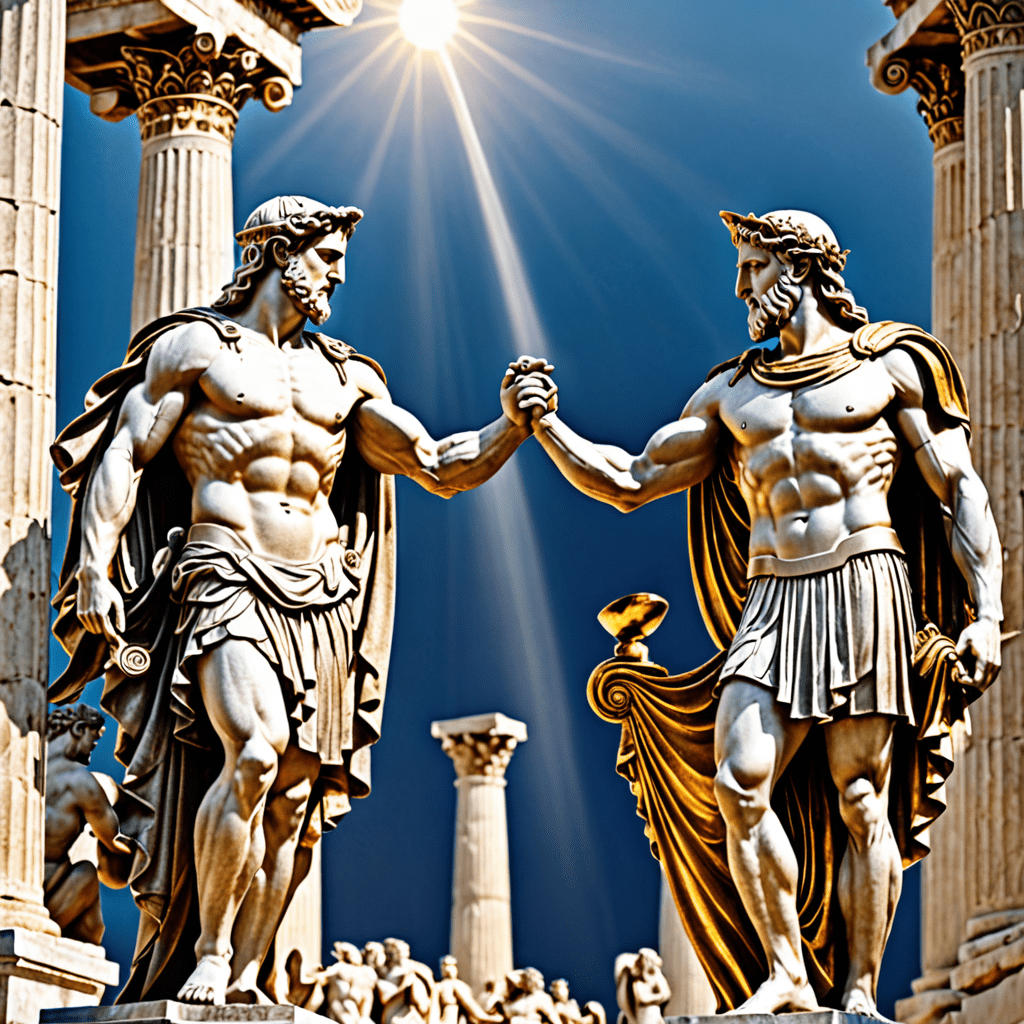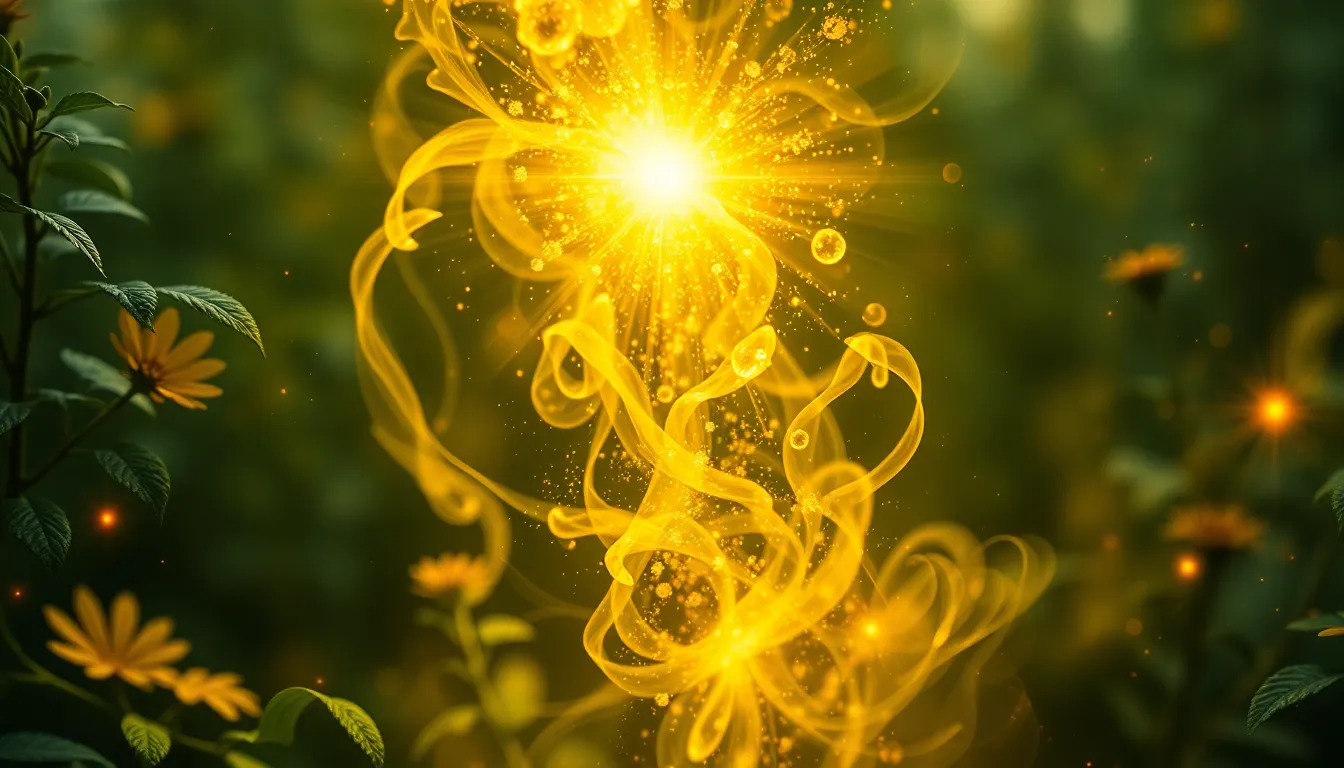The Myth of the Goddess Hathor in Ancient Egypt
Introduction to Goddess Hathor
In the rich tapestry of Ancient Egyptian mythology, Goddess Hathor occupies a significant role as a deity associated with joy, music, love, motherhood, and feminine beauty. Known as the “Mistress of the West,” she was often depicted as a cow or a woman with cow ears, symbolizing fertility and nurturing. Hathor played a crucial role in the afterlife, being linked to rebirth and welcoming the deceased into the underworld.
The Attributes and Symbols of Hathor
Goddess Hathor was revered for her diverse array of characteristics and symbols that reflected different aspects of her divine influence. Commonly associated with music, dance, and festivities, she brought happiness and celebration wherever she went. Hathor was perceived as the protective mother and nurturer, offering solace and compassion to her followers. Her emblem, the sistrum, represented both her musicality and power in warding off evil spirits.
Legends and Stories Featuring Hathor
One prominent legend surrounding Hathor depicts her as the powerful Eye of Ra, possessing the ability to unleash divine fury upon the enemies of the sun god Ra. She protected the pharaohs and the virtuous, yet her wrath could be unleashed upon those who defied cosmic order. Another well-known tale portrays her as the bringer of the annual flooding of the Nile, crucial for the fertility of the land and the prosperity of the Egyptian people.
Hathor’s Influence and Legacy
The legacy of Goddess Hathor extended far beyond ancient Egypt, influencing neighboring cultures and persisting through the ages. Temples dedicated to her worship were scattered throughout the land, with Dendera being one of the most famous centers of her cult. Today, Hathor continues to captivate the imagination of many, embodying the enduring appeal of feminine strength, love, and creativity in mythology and beyond.
Through her multifaceted identity and enduring presence in ancient Egyptian beliefs, Goddess Hathor stands as a compelling figure embodying the richness and depth of Egyptian mythological traditions.
FAQs about the Myth of the Goddess Hathor in Ancient Egypt
Who was Hathor in Ancient Egyptian mythology?
Hathor was a major goddess in Ancient Egyptian mythology, often depicted as a cow goddess with the sun disk between her horns. She was associated with joy, love, motherhood, and music, as well as protection and healing. Hathor was considered a powerful deity with a wide range of attributes.
What was Hathor’s role in Ancient Egyptian beliefs?
Hathor played a significant role in Ancient Egyptian religious beliefs as the goddess of love, music, dance, and fertility. She was also linked to the afterlife and was seen as a protector and guide for the deceased. Hathor was worshipped in various contexts, both in temples and in domestic settings.
How was Hathor connected to other Egyptian deities?
In Egyptian mythology, Hathor was closely associated with other deities such as Ra, the sun god, and Horus, the sky god. She was sometimes considered the mother, wife, or daughter of these gods, showcasing her importance and versatility within the pantheon. Hathor’s connections to other deities enriched her mythology and significance.



